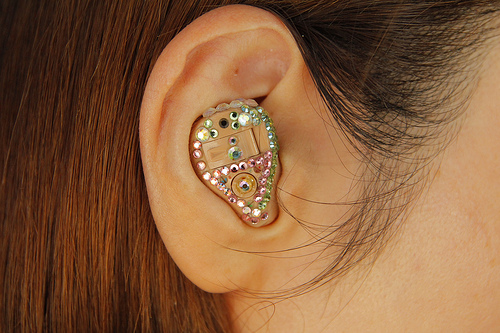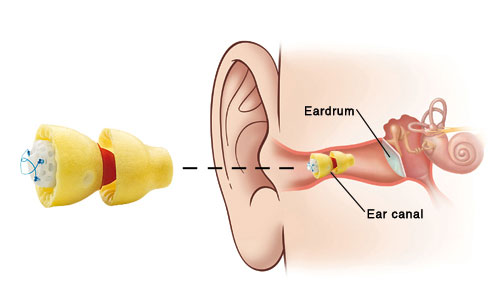Types of Hearing Aids for Children
Hearing aids are unlike cochlear implants in that they amplify sound, rather than directly stimulate the auditory nerve. These battery-operated devices receive sound waves via a microphone. The sound waves are then converted into electrical signals. You’re probably accustomed to seeing hearing aids on the elderly, but they may also be used for children as young as four weeks old. If your child is diagnosed with hearing loss, talk to his pediatrician about whether he might be a good candidate for a hearing aid.
Is Your Child a Candidate for Hearing Aids?
Hearing aids can greatly benefit a child with mild hearing loss. Those with moderate hearing loss will still benefit from a hearing aid, but they may not be able to understand everything. Some children with severe or profound hearing loss may also use a hearing aid, but they will only be able to hear when people talk to him loudly.
In addition to the type and degree of hearing loss, the audiologist will need to evaluate several other factors to determine which type of hearing aid might be right for your child. She will evaluate the depth of the depression next to the ear canal to determine whether it can accommodate an in-the-ear hearing aid. Excessive amounts of wax or moisture in the ear may preclude the use of in-the-ear hearing aids. If the shape of the outer ear is deformed, a behind-the-ear hearing aid might not be appropriate. The audiologist will also consider the dexterity of your child and his ability to insert and remove hearing aids.
Types of Hearing Aids
In-the-Ear (ITE)
In-the-ear hearing aids are typically appropriate for a wide range of degrees of hearing loss. They fit directly into the outer ear, and do not require a component that is arranged outside the ear. However, as the child grows and the size of the ear canal changes, a new ITE hearing aid will be required.
Behind-the-Ear (BTE)
A behind-the-ear hearing aid has a soft piece called the earmold, which fits directly into the ear. It then has another component that hooks over the outer ear. Audiologists typically recommend BTE hearing aids for a young child because only the earmold will need to be replaced as the child grows. It is also easy for parents to check or change the settings on a BTE hearing aid.
Canal Aids
Like ITE hearing aids, canal aids fit directly into the ear. However, these are inserted into the ear canal, rather than the outer ear. They are custom-fitted to the size of the ear canal. Your child’s audiologist is not likely to recommend this type of hearing aid, because your child will require a new canal aid each time he outgrows the old one. In addition, canal aids can be difficult to remove and adjust. They may also be damaged by fluid drainage and ear wax.
Body Aids
If your child has profound hearing loss or if he is unable to use another type of hearing aid, his audiologist might recommend a body aid. As the name implies, this hearing aid is worn on the body (typically on a belt or in a pocket). It connects to the ear with a wire. An earmold is fitted into the ear. These are typically less expensive.




